‘This is our country’: aspiring teachers the heroes of Northern Territory education
Indigenous people can make it to assistant teacher, but completing training to take the next step is difficult in remote communities.
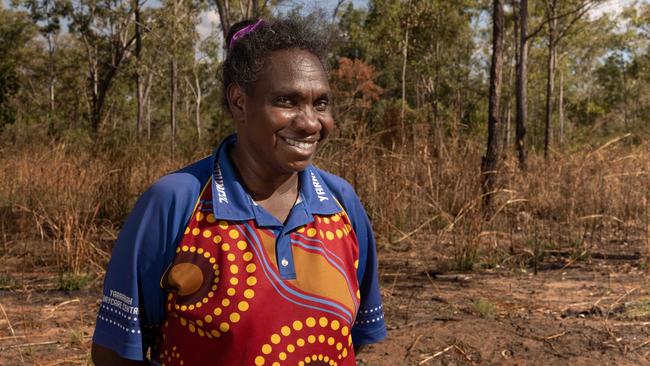
Joanne (not her real name) has spent most of her life in remote Northern Territory classrooms. First as a student, then as an assistant teacher.
She’s held that position for decades, and all she wants is to have her own class. She was enrolled in a teaching program and completed all except a few units, but the program is no longer available locally.
“I’m worried I won’t be able to get qualified before I retire,” says Joanne, who is a government employee and can’t be named. “It’s like I’m stuck in the mud. My dream is to sit in class and teach children, both ways.
“I want to be a qualified teacher. How can we get help? We are wondering, who’s going to help us? Who’s going to support us to finish?”
Across Arnhem Land in the small community of Manmoyi, Michelle Bangarr sits at a metal table under a small awning at independent school Nawarddeken Academy, where she’s a cultural education adviser.
Her dream is also to have a class of her own and she’s been trying to complete tertiary training in education for more than a decade.
But the challenges of doing this in a remote place are enormous. She used to have to go away for fortnights at a time, but that was difficult with a newborn child. Later, while working in early childhood education, she tried to do a degree online.
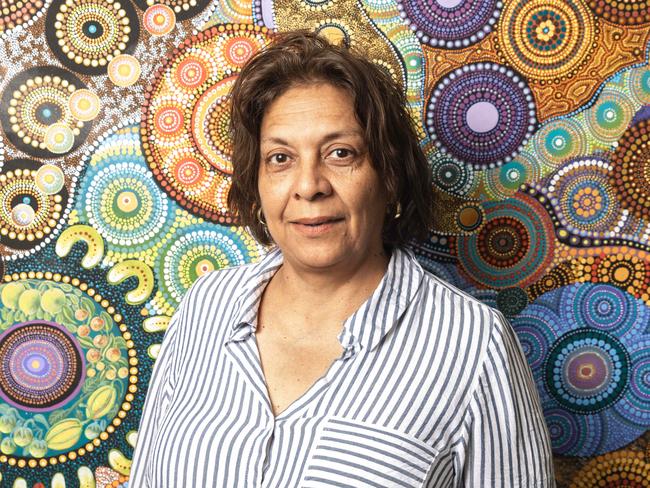
“I had no computer, no wi-fi,” she says. “I remember I had a friend from (the art centre), every weekend I could borrow her computer.”
Joanne and Michelle’s stories are not unusual. The Australian has met many Indigenous assistant teachers who are trying to get qualified. They say the future of NT education depends on Indigenous people like them being able to play a greater role.
Tracy Woodroffe, a Warumungu Luritja woman and an education expert at Charles Darwin University, says the value of Indigenous teachers cannot be overstated: they help combat learning barriers such as language and culture differences, and help address the problem of high turnover of teachers in remote communities.
“There’s not enough local educators, so remote schools rely on non-Indigenous teachers coming into a community, and perhaps experiencing culture shock, especially if that teacher has been recruited from somewhere like Melbourne, and never actually met an Indigenous person before, let alone lived in a community,” Woodroffe says.
Joanne says she knows students in her class feel safer when she’s there. “Balanda (Western) teachers come and go, but we are here, forever. This is our country,” she says.
Christine Ross, an Arrernte-Eastern Arrernte-Kaytetye woman and former NT teacher, says Aboriginal educators are also important role models.
“All I ever wanted was to be able to teach,” she says. When she began her career, Aboriginal teachers were rare. In her first year, she remembers worrying that a parent might pull their child out of class when they found out she was Aboriginal.
“I love working with kids. I wanted to make a difference. One of my former students, he said it was just brilliant to have an Aboriginal teacher in his own class. He said, ‘I never knew that was possible’.”
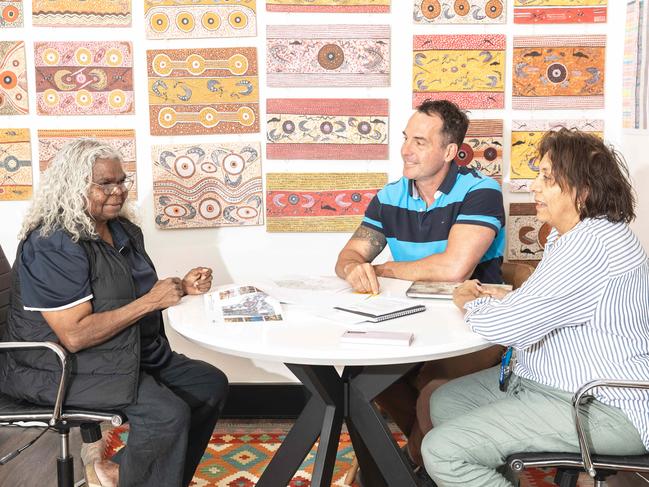
She and Tanyah Nasir recently organised a conference to reflect on and celebrate 30 years of an Aboriginal education network in the NT. It was a bittersweet milestone, because some of the ground they’d gained in the ’90s has been lost.
They are calling for more opportunities to be provided for Aboriginal educators to lead, grow and be supported.
“Listen to the Aboriginal teachers that are in the system,” Nasir says. “Give them opportunities, have them at the table because, honestly, their voices are not heard.
“And most of all, value what we bring to the table.”
The NT government funds a Remote Aboriginal Teacher Education program that provides higher education, VET and readiness programs to support Aboriginal educators.
A previous version of the program was available in remote centres across the Territory, but now it is limited to four locations: Groote Eylandt, Galiwinku (Elcho Island), Alice Springs and Daly River.
In the NT, there are currently 18 Aboriginal assistant teachers enrolled in Initial Teacher Education programs at Charles Darwin University, and 74 Aboriginal assistant teachers undertaking other education-related VET courses.
Many Aboriginal teachers say university courses generally are not easily adaptable to the challenges of remote living, from unreliable internet to living in overcrowded homes.
In Alice Springs, Yipirinya School vice-principal Angela Ross sits sipping a fresh coffee. She keeps the good coffee hidden in her office for particularly long days and it seems that every day is a long day at the moment. Because of a technicality, her teaching registration lapsed, and re-registering was impossible, even with 20 years’ experience and a teaching degree.
Currently, to register as a teacher, you need a four-year degree, but when Ross qualified three years was sufficient.
“You know, in hindsight, I would have stayed and done a fourth year, but I didn’t have a good experience at that university,” she says. “It was a lonely road. I experienced racism quite badly, and did not realise until later on in life. That was quite traumatic.”
Even though she was a qualified teacher, she says parents questioned her degree or assumed she was the assistant teacher. But the challenges have made her a better teacher and more sensitive to the complex needs of her students.
“One thing I was able to do was to bring my life experience,” she says. “As an Aboriginal person, you always align your teaching with who we are. You know, very in touch with people, who they are, so I like to find out who the kids are and bring out the best in them.”



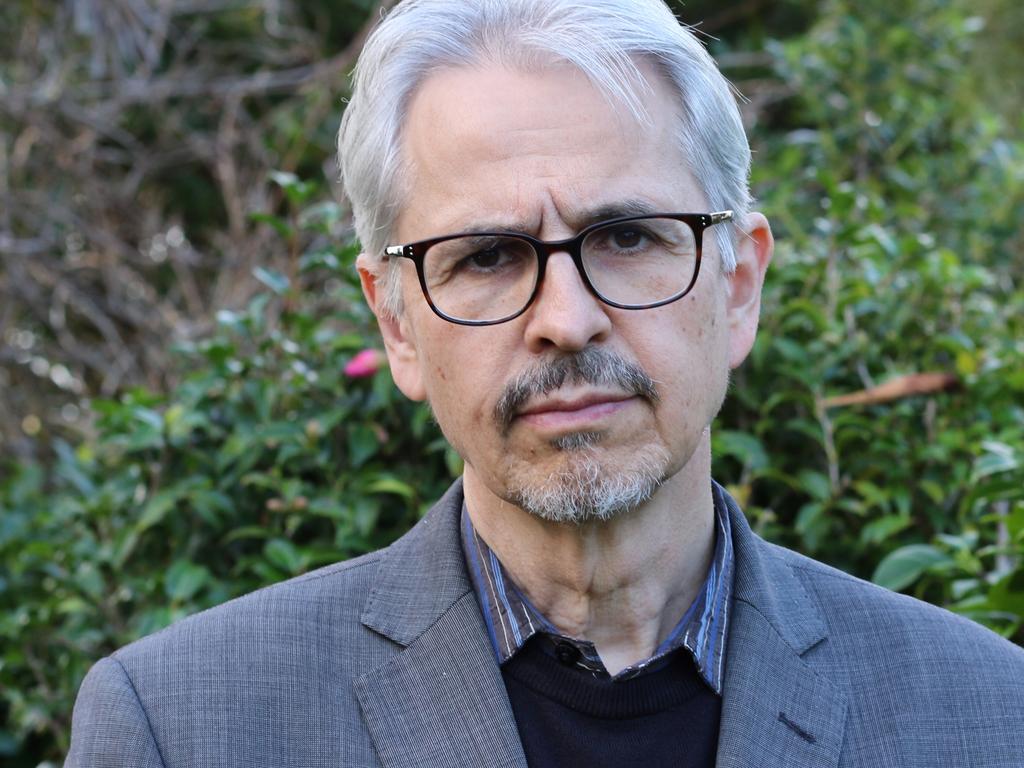
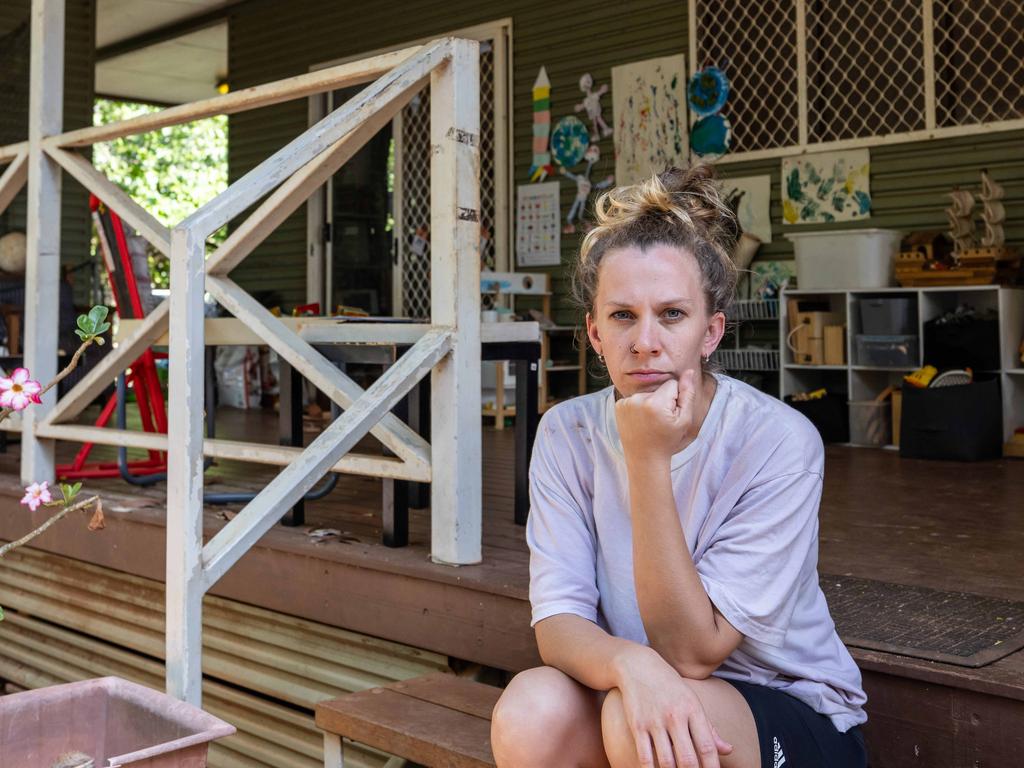


To join the conversation, please log in. Don't have an account? Register
Join the conversation, you are commenting as Logout